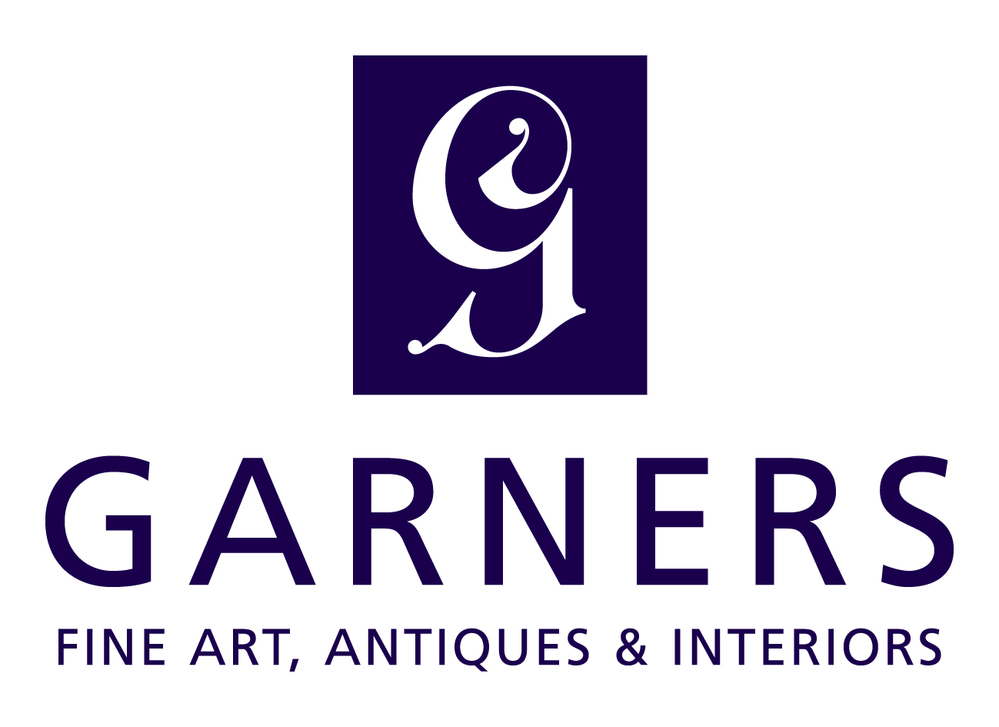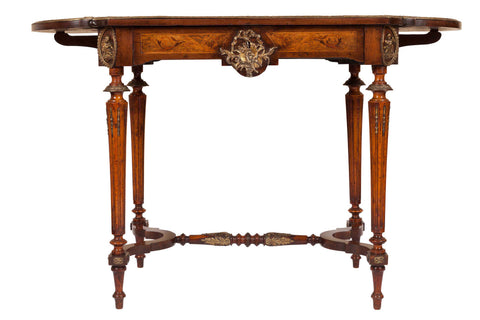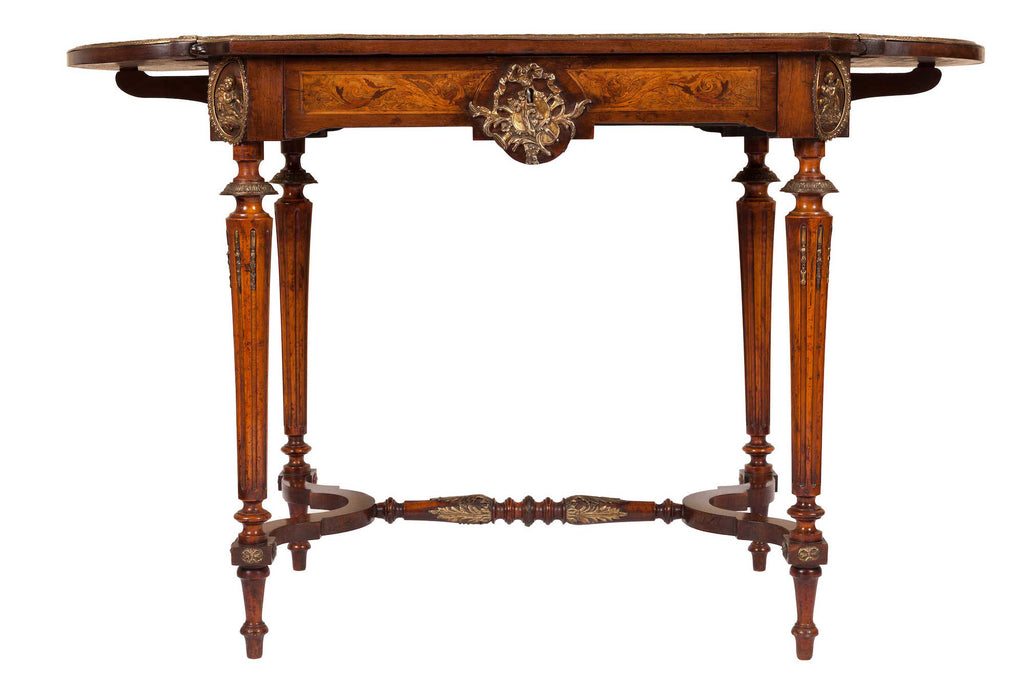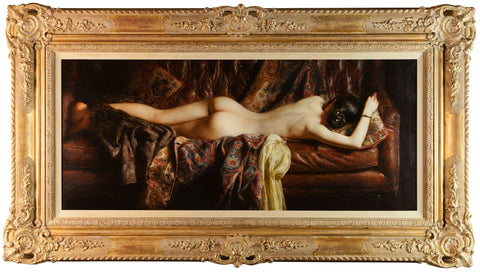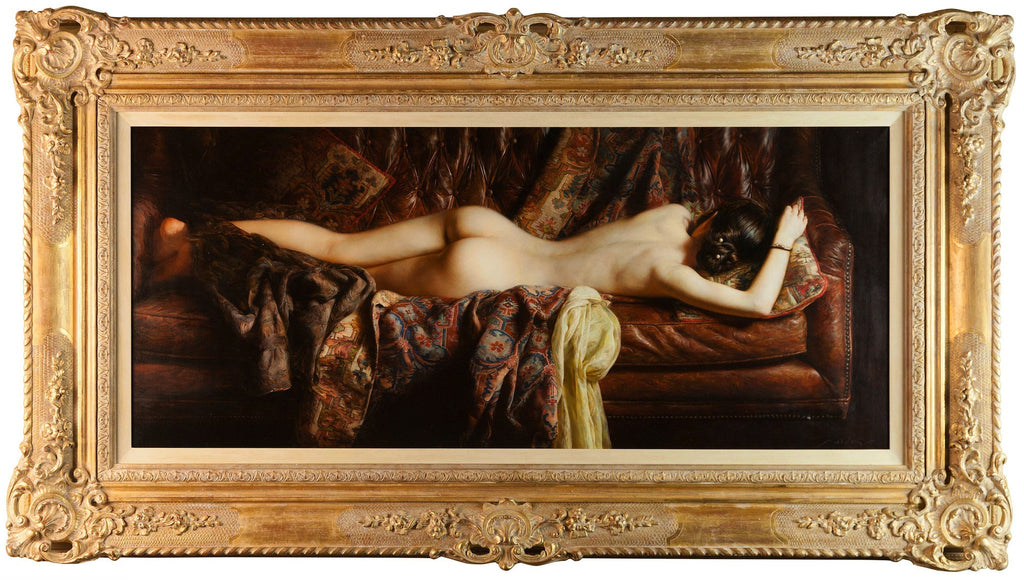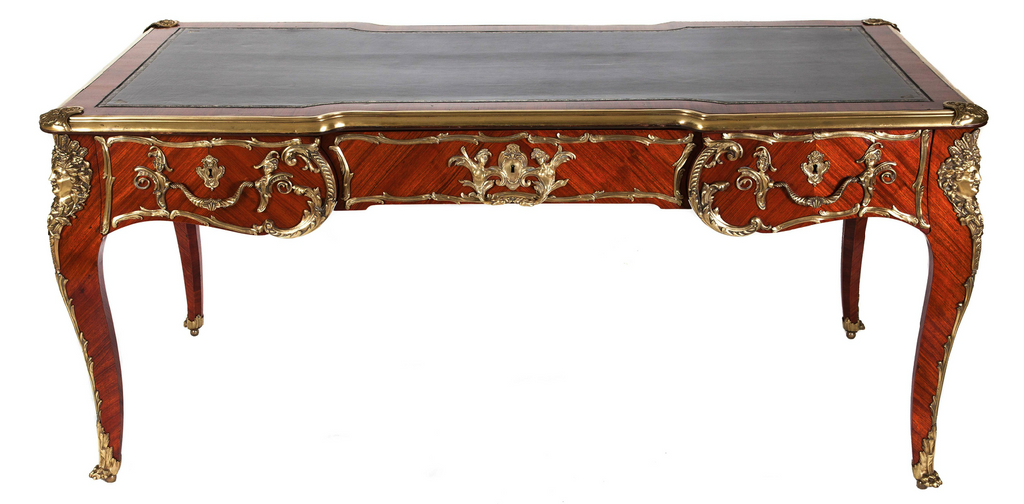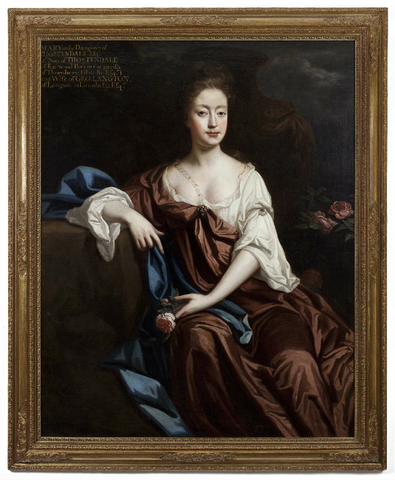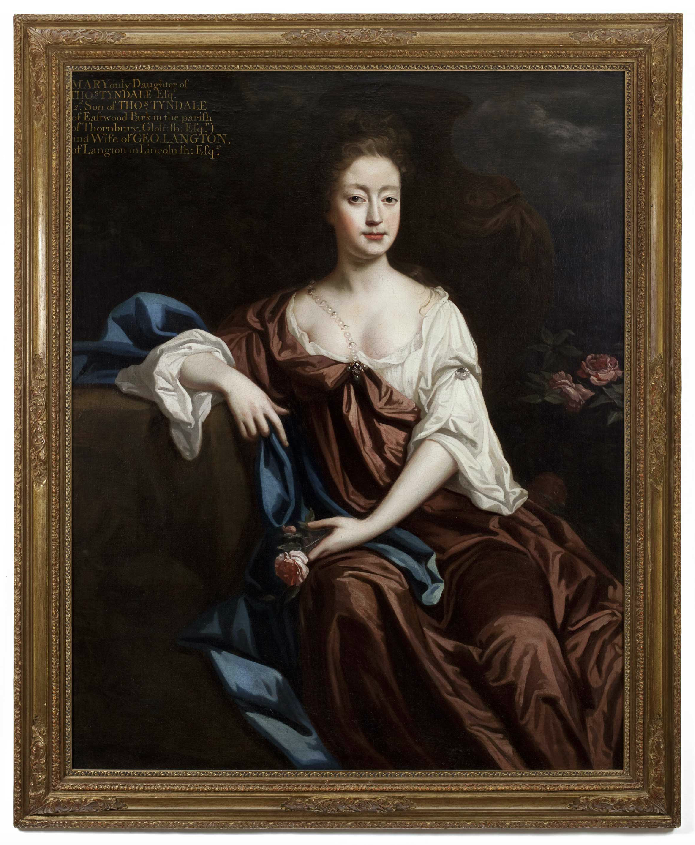Early 17th Century Portrait, Circle of Daniel Mytens (1590-1642).
£0.00
Oil on canvas, circa 1620 of A Noble Officer in full armour.
Very nice detail, painted by an accomplished hand.
Dimensions:
Canvas Size: 39" (99cm) x 33" (85cm)
Framed Size: 47" (119cm) x 41" x (104cm)
[Antique Portrait, Early Portrait, Portrait of a Gentleman]
MYTENS, DANIEL (1590–1642)
Portrait-painter, son of Maerten Mytens, a saddler, was born about 1590 at the Hague in Holland. It is uncertain from what master he received his instructions in art, but it is very likely that it was in the school of the portrait-painter Michiel van Miereveldt at Delft. Subsequently he was much influenced by the style of Rubens. In 1610 he was made a member of the guild of St. Luke at the Hague. He came over to England before 1618, and quickly obtained favour among the court and nobility. Mytens received from James I, in 1624, a grant of a house in St. Martin's Lane (Illustr. London News, 6 June 1857), and on the accession of Charles I was made ‘king's painter,’ with a pension for life (Rymer, Fœdera, xxviii. 3). His earlier portraits are with difficulty to be distinguished from those by Paul van Somer [q. v.], on whose death in 1621 Mytens was left without a rival. There is no ground for Walpole's suggestion, that the full-length portraits by these two artists can be distinguished through those standing on matting being by Van Somer, and those on oriental carpets by Mytens. The full-length portraits by Mytens, though stiff in attitude and costume, have great dignity, and are frequently painted with much care and excellence. He was a versatile artist, and was employed by Charles I to copy pictures by older masters. Among such copies may be noted that of Titian's ‘Venus’ (now at Hampton Court), for which Mytens was paid 120l. in 1625 (Illustr. London News, 27 March 1858), a set of copies of Raphael's cartoons (now at Knole), less than the original size, and the full-length portraits of Margaret Tudor, queen of Scotland, and Mary Queen of Scots (both now at Hampton Court), and James IV, king of Scotland (at Keir). Many pictures by Mytens are included in the catalogue of Charles I's collection. He also painted small portraits on 18 Aug. 1618 he wrote to Sir Dudley Carleton concerning ‘that picture or portrait of the Ld of Arundel and his lady together in a small forme,’ and ‘rowled up in a small case’ (Carpenter, Hist. Notices of Vandyck, p. 176). Vertue narrates in his ‘Diary’ (Brit. Mus. Addit. MS. 23075, f. 32) that on the arrival of Vandyck in England Mytens felt himself overmatched, and begged leave from the king to withdraw into Holland, but without success. It would appear, however, that he was on very friendly terms with Vandyck, as the latter included Mytens's portrait in his famous series known as the ‘Centum Icones,’ and painted a fine portrait of Mytens and his wife (now at Woburn Abbey).
